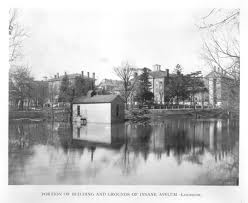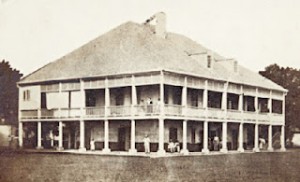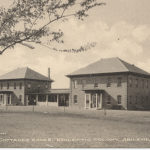Insane asylums provided regular payrolls to local economies, and often needed additional labor for special projects. As a government facility, the Canton Asylum for Insane Indians had to bid out almost all its work and supply needs, but that did not mean that the city of Canton did not enjoy the benefits of those projects. Available records do not show who actually performed all the labor associated with the asylum’s projects, but it is likely that any construction company ended up using local labor for some of its work.
The asylum’s original buildings included the main building, a pump and power house, a horse barn and a cow barn. No specific mention is made beyond “small outbuildings,” but the facility probably included a number of small sheds and storage buildings as well. In December, 1907, Gifford paid a carpenter $3/day for six days, to repair wind damage to a horse barn, cow barn, and carriage house; this would amount to about $431 today. Just a month later, he spent $75 to install window guards on the windows of patient wards, about $1,830 today. From 1900 to 1907, the government spent $80,882.03 on buildings and similar hard structures (versus maintenance)–$1,460,000 in today’s dollars.
As more patients were added, more buildings were needed and constructed. Ironically, each of the two superintendents who ran Canton Asylum wanted special buildings which they never received. Gifford particularly wished to separate noisy and violent patients from quieter ones, feeling that housing them together was bound to be excessively irritating for his quiet patients. Dr. Hummer wanted a separate epileptic cottage.
______________________________________________________________________________________









A prison that isn’t a prison.